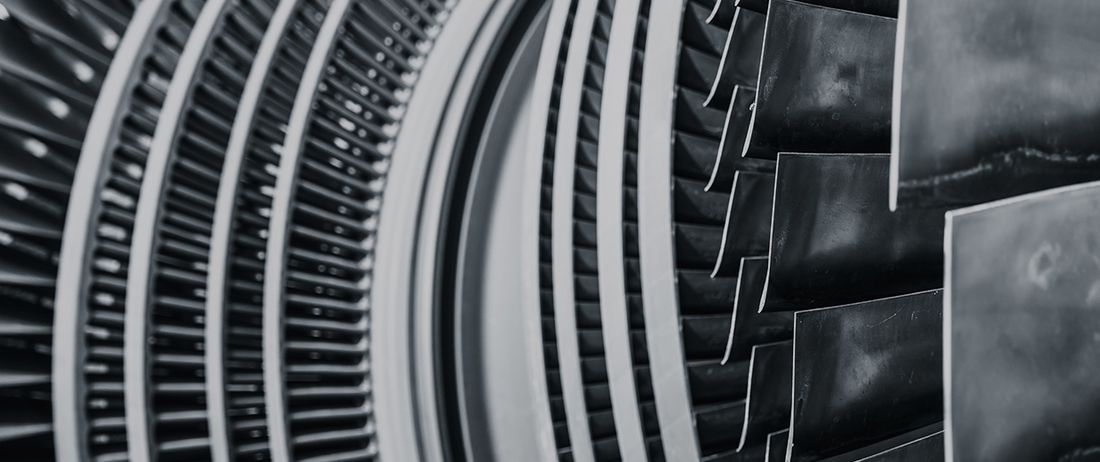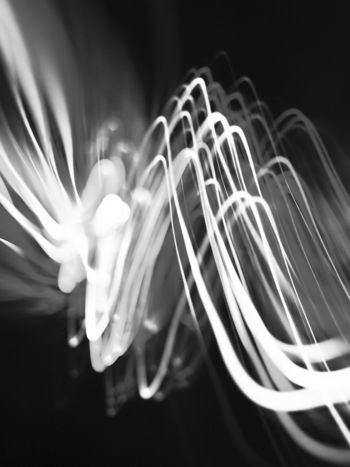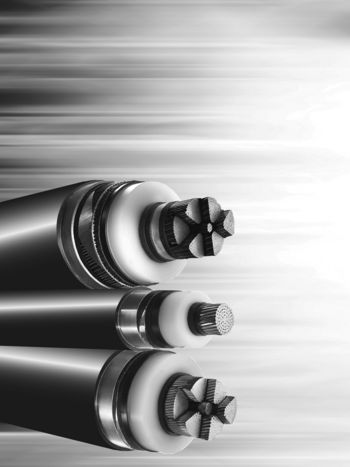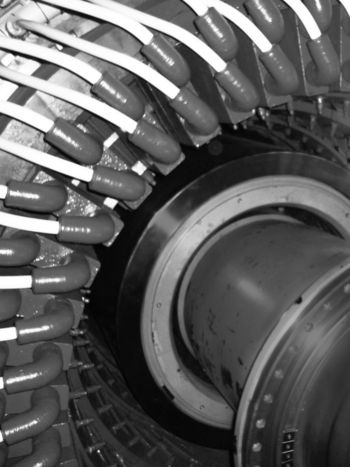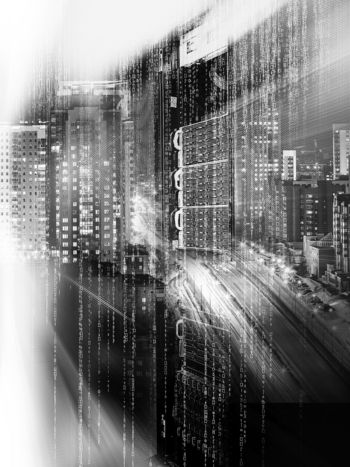Interactions between Electrical Infrastructure and Wildlife
Interactions of birds with electrical infrastructure are of major concern regarding the development of transmission and distribution electrical networks. They include electrocutions and collisions, but also nest building and using structures for perching and hunting. These interactions have been described and recorded for decades in different parts of the world.
Members
Convenor
(FR)
C. SAINT-SIMON
Secretary
(AU)
R. HUGHES
R. FENNELLY (IE), F. MOREIRA (PT), L. MOIANA (IT), M. GIL (ES), A. KREGAR (SI), B. WOHLGEMUTH (DE), P. TAKEDA NAKAYAMA (BR), R. HARNESS (US), W. FUNSTON (ZA), K. HORENK (DE)
Such interactions can have fatal impacts on avian populations if mitigation measures are not taken. Several categories of international/national legislation and guidelines are in place to deal with these issues. Beyond the impact of electrical infrastructure on birds, wildlife interaction with electrical infrastructure in general can also result in electrical incidents, with significant costs for the TSOs and DSOs either on overhead lines (OHL) or in substations.
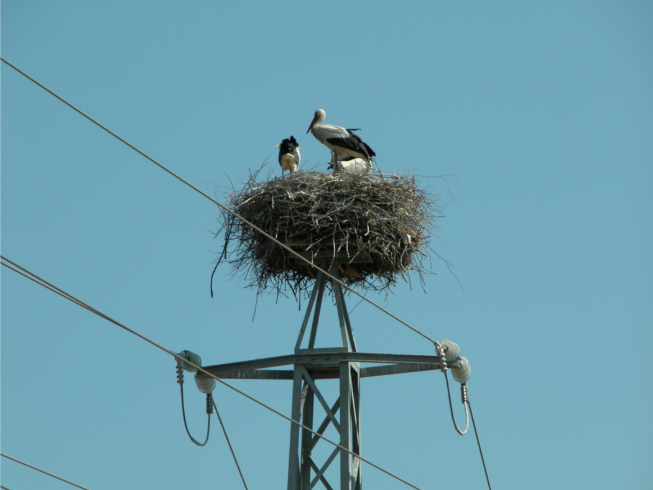
Figure 1 - white stork (Ciconia ciconia) nest compromising electrical clearances (image courtesy of EDM International, Inc.)
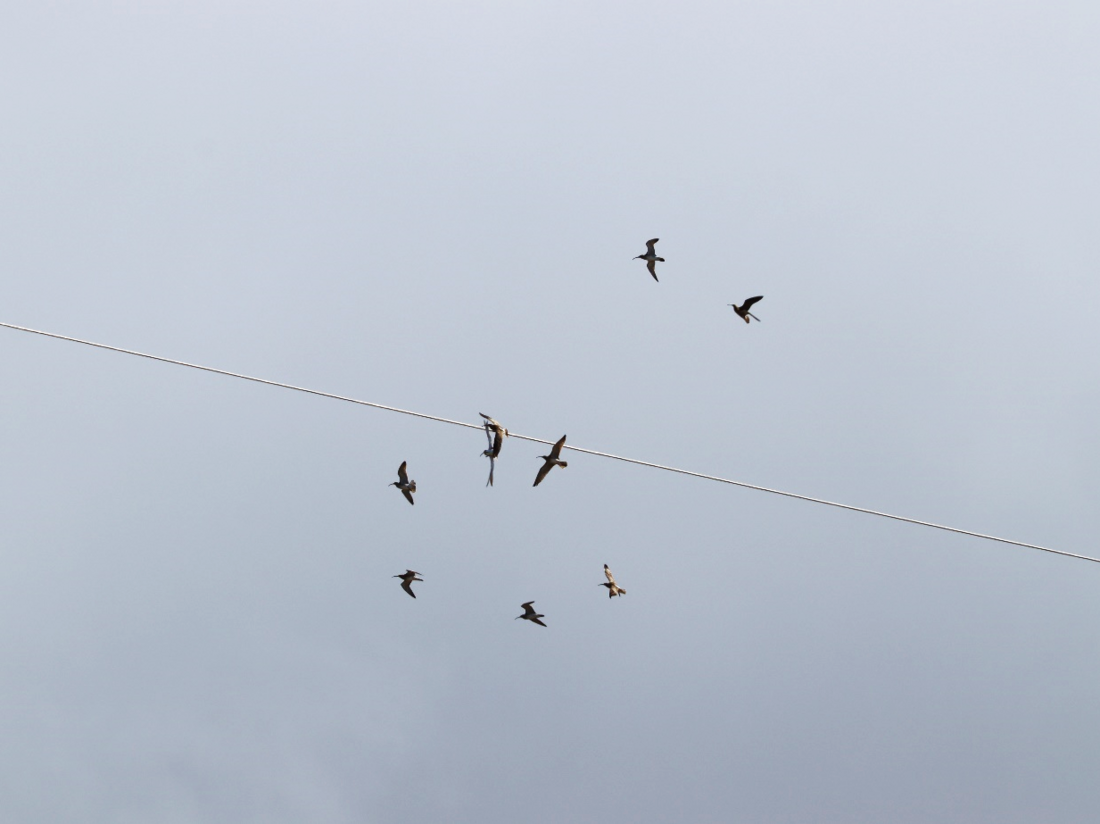
Figure 2 - picture of a collision of an Eurasian whimbrel (Numenius phaeopus) with the shield wire. Location: Belgium, Antwerp, Groot Buitenschoor, nature reserve (marshland along river Scheldt); overhead line 380 kV. Time: end of April, 2021 (image courtesty of Elia)
In order to better understand these problems and review solutions, a CIGRE Working Group named “Wildlife and electrical infrastructure” was set up in 2016. The working group focused on studying the interaction between birds and power lines. Thirteen countries were directly involved and remained active members of the Working Group (of which nine are located in Europe), with fruitful cooperation. The Working Group involved mainly TSOs (ten TSOs and one DSO), as well as other categories of participants (universities, research centers, consultants and administrators).
As a result of the Working Group, a Technical Brochure (TB) was produced, divided into 8 chapters. Appendices are also provided and give more details on each chapter.
Chapter 1 introduces the subject and gives an overview of the legal background, factors of collision and electrocution, the main impacts of wildlife on the electrical infrastructure and the main relevant resources (international guidelines) on the issue.
Chapter 2 of the TB shows that electrical utilities are taking more and more wildlife aspects into account, first to obtain the necessary permits but also to improve their environmental responsibility (Corporate Social Responsibility), beyond just legal compliance. Companies are providing more effort in working with associations, universities, scientists and perform studies on the topic. These studies demonstrate that environmental protection is an important subject for electrical utilities.
Chapter 3 deals with the impact of wildlife on new infrastructure projects. The TB shows that impacts related to wildlife are considered as significant for a project. Impacts on wildlife can lead to delays, rerouting or even the cancellation of a project. At a national level the problem of OHLs and bird collision and electrocution is almost entirely addressed within SEA (Strategic Environmental Assessment) (although in some countries not always a legal obligation) and EIA (Environmental Impact Assessment) procedures and associated reports. Protected areas and species have a significant impact on the routing of new OHLs. Methodologies to perform SEA and EIA on wildlife issues are described in the TB and can include guidelines (external or internal to the utilities), GIS (Geographic Information System) maps and the assignment of consultants. The TB shows that the results of the environmental studies can lead for example to local rerouting of the line, the installation of Bird Flight Diverters (BFDs) and more rarely to change the diameter or the configuration of wires, to remove a shield wire, to change tower designs or to bury lines.
Chapter 4.1 deals with the subject of bird collision with existing infrastructure and shows that it is particularly difficult to quantify these events (as opposed to electrocutions) because a wire strike does not typically result in electrical incidents which can be monitored and counted. Additionally, there are several biases associated with carcass searches, which is a primary indicator used to assess bird mortality. The TB shows the examples of some utilities which have conducted searches to assess bird mortality by collision using automated devices like cameras or radars. Examples are given in the TB showing some companies that have developed a specific analysis to map existing lines sensitive for birds, helping them to decide which lines should be marked with BFDs. As a result, companies have implemented avian policies, including a plan and associated budget for retrofitting necessary OHLs with BFDs. The TB shows the main categories of BFDs used among the members of the Working Group: spirals, suspended devices and spheres. According to studies done by companies and described in the TB, wire marking is effective for decreasing bird collisions with power lines but with strong variations between studies (between 34 and 97 % efficiency), depending on the species, type of BFDs, topography, habitat, power line type, etc.
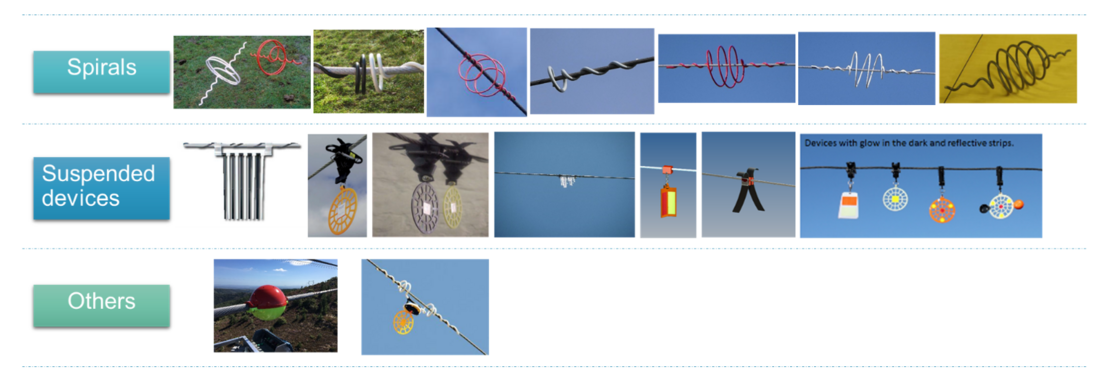
Figure 3 - main Bird Flight Diverters used by the Working Group members
Chapter 4.2.1 deals with animal and bird-related incidents on OHL, for which considerable funds are spent each year to repair or replace equipment damaged due to wildlife. Depending on the countries, the TB highlights that animal-related incidents vary from 0 % to 25 % of all electrical incidents reported. Bird nesting, insulator pollution (contamination) and streamers are the main cause of bird-related incidents for transmission OHL.Electrocution is a rare occurrance for TSOs. For distribution lines, the main causes of bird-related incidents are electrocution and nesting birds. The TB gives a list of retrofitting devices used by the Working Group members, like insulation, isolation, deterring methods or other protective methods. Anti – perching devices (like spikes) and alternate platforms/nesting places are widely used for transmission lines. For distribution lines, insulating covers, insulator disks or shields, anti – perching devices and alternate platforms are the most common methods. The TB shows that a lot of innovative products exist and are used to prevent electrical incidents due to wildlife.
Chapter 4.2.2 deals with substations and animal-related incidents. Indeed, substations can become an attractive and safe environment for animals. Animals can cause electrical incidents, create damage due to biting on cables, disturb equipment or create unhygienic conditions. Animal-related incidents outside buildings maybe be caused by many species but the most common are birds, martens, cats, squirrels, snakes, rodents. Animal-related incidents inside buildings are often rodents, martens, ferrets. These animal-related incidents are often very limited in proportion, compared to other incidents, representing only a few percent. The TB describes the main mitigation measures implemented: insulator disks or shields, insulating cover, pesticides/chemicals and perching discouragers.
Chapter 5 deals with maintenance activities. The TB shows that there is strong legislation regarding protected species, which can be very constraining during nesting and breeding periods to obtain nests removal permits to perform maintenance activities. Some species like white storks (Ciconia ciconia) are nesting more frequently on towers (Portugal, Spain, France). This can lead to increased operational costs (manpower to remove the nests, installation of platforms, etc.). Besides, many protected areas have been established where OHLs were already in operation, and in such cases, maintenance procedures can have restrictions and sometimes some additional measures are required to reduce impacts of the OHL and other infrastructure. The TB highlights that companies try to minimize the intervention during breeding periods and maintenance work at sensitive locations.
Chapter 6 deals with communication. The TB shows that for companies, biodiversity is clearly gaining importance as a topic of internal and external communication. They developed internal environmental guidelines/posters/leaflets on biodiversity and birds for their employees and lead awareness campaigns/trainings inside the company on wildlife issues. Most of the companies publish external reports or brochures that include information on environmental and biodiversity issues that are verified by a third party. There are more and more awareness-raising actions for the public.
Chapter 7 deals with partnerships. Companies formalize partnerships with NGOs, environmental authorities and other stakeholders (e.g. managers of protected areas) to focus on the strategies to mitigate bird collision and electrocution. The TB shows that partnerships between companies and NGOs are particularly widespread. These partnerships help to get better knowledge on the spans/poles most at risk of collision/electrocution, on the species most at risk of collision/electrocution or on the development/efficiency of BFDs.
Recommendations are given in the last chapter (Chapter 8), with further research and knowledge required for: the automated detection of collisions, the understanding of the visual perception of power line and BFDs by birds, the sharing of studies, the effectiveness of mitigation measures, species susceptibility due to collisions and electrocution mortality, habitat loss, deterring systems and the evaluation of costs in relation to wildlife interactions. As the working group members were mostly composed of TSOs, the WG recommends creating another CIGRE Working Group on pole design and retrofitting strategies to reduce electrocution risk, mostly focused on distribution.
Readers of the Technical Brochure will gain a comprehensive understanding of:
- Factors of collision and electrocution risks;
- Wildlife-related incidents on OHL and in substations;
- Mitigation solutions to prevent collision, electrocution and wildlife-related incidents for new and existing infrastructure;
- Recommendations on how to communicate on wildlife interactions with electrical infrastructure;
- Suggestions to develop partnerships;
- Recommendations on further research to get better knowledge of the topic.
